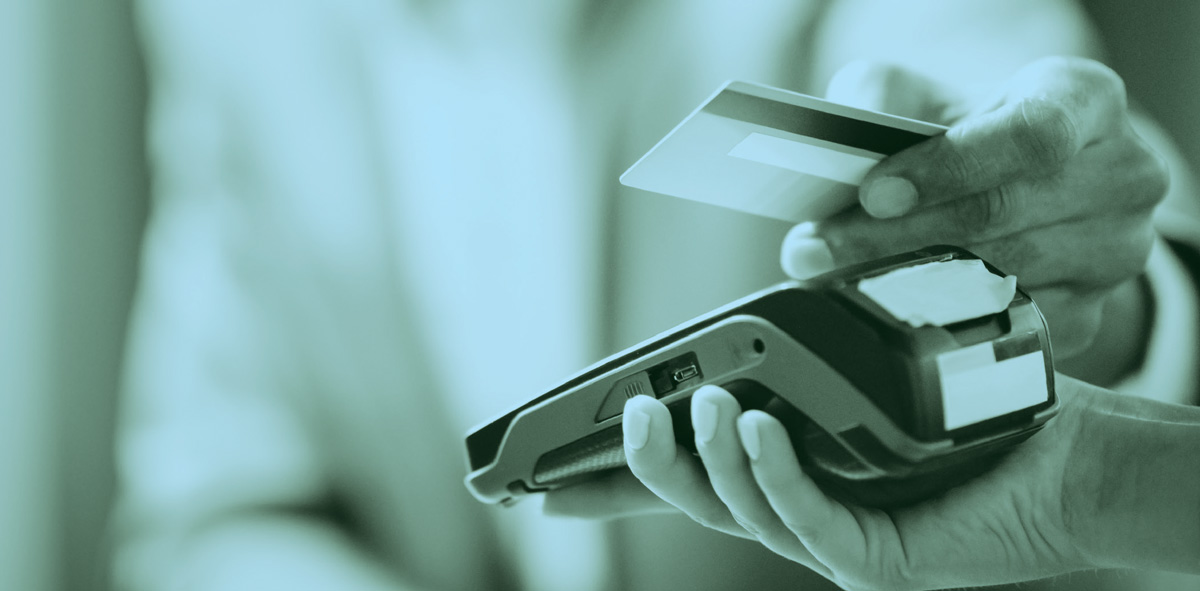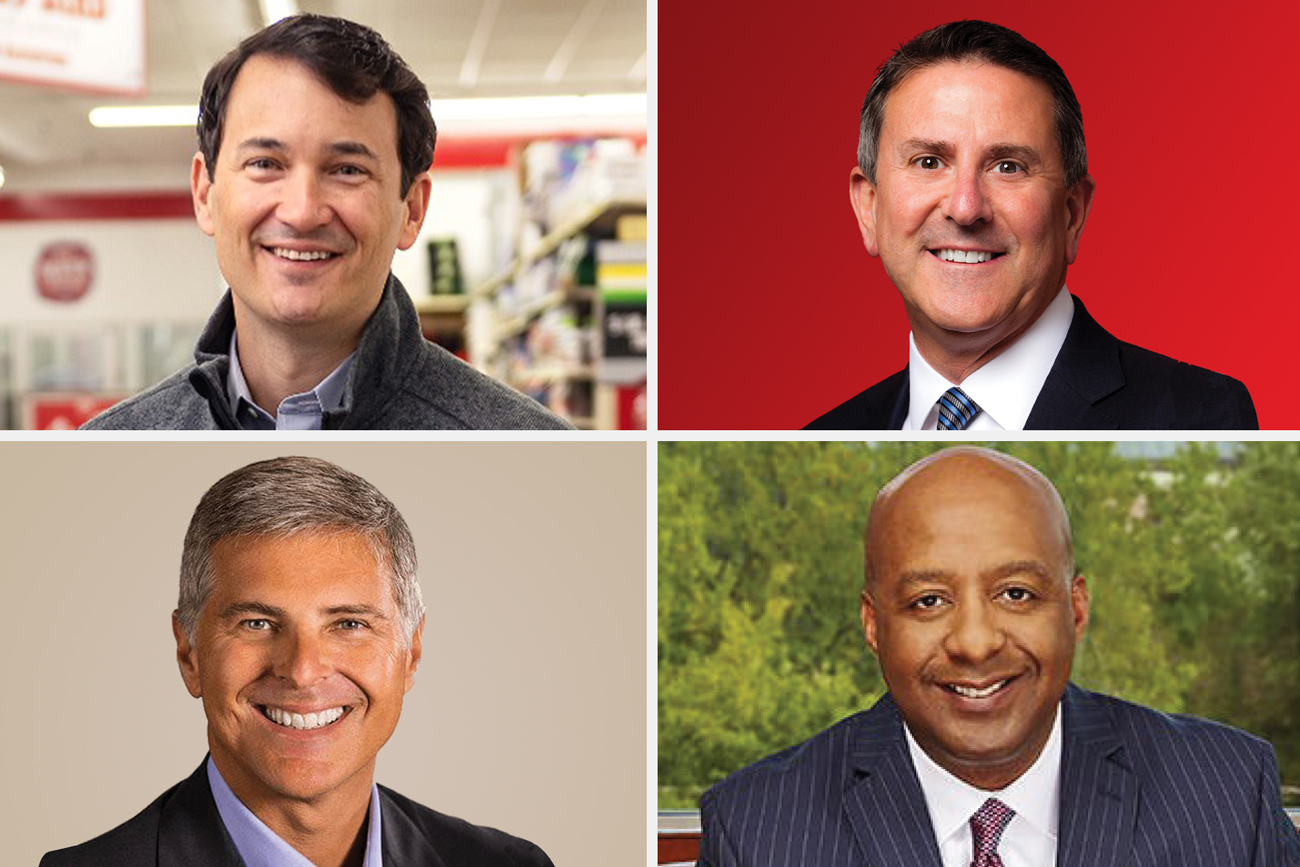Summer Like No Other
What the Season Sets Up for 2020.
July 4 didn’t bring the usual array of community events and fireworks extravaganzas to the U.S. this year, but even as COVID concerns played out across the country, the active lifestyle industry saw some bright spots.
A much-needed respite from the pandemic has yet to arrive. In early July, cases were on the rise in 32 of 50 states, endangering brick-and-mortar re-openings in many locales and igniting the likelihood of more “stay at home” orders from San Diego to Sanibel Island. Pro and collegiate sport seasons, slated to start anew in August, were facing their own COVID-19 challenges, not to mention budget constraints and the eerie reality of playing before empty stands. And the possibility of a “real” back-to-school season for the nation’s schoolchildren and collegians was under debate, casting a shadow over the annual ritual of buying new kicks, gear and apparel. But as individuals and families continue to seek out enjoyment, sales of running footwear and camping and outdoor gear have surged, bringing new life to formerly challenged categories and leading to runs on athletic items and outdoor rec gear. Welcome to 2020’s Summer Like No Other.

With more Americans looking to adopt healthier lifestyles during and post-COVID-19, running may end up being the biggest winner among footwear segments.
These developments have left footwear manufacturers and retailers in a quandary, looking to adopt strategies that will help them hold onto sales, margins, customers and employees. With the nation’s second-quarter GDP projected to be down sharply, Yardeni Research recently predicted real GDP in the U.S. won’t recover to 2019’s fourth-quarter record high until late 2022. Retailers have begun deploying tactics to purge excess Spring 2020 inventories, largely directly through their own outlets and online for large athletic brands, and are looking to vendors to infuse steady “freshness” into their assortments to entice shoppers as the industry rides out 2020 on likely lower unit volumes. From a marketing perspective, cancellations (the Boston and New York City Marathons) and postponements (the Tokyo Olympics and Euro 2020 soccer tournament have both rescheduled to 2021) are giving brands opportunities to adjust their budgets, preserve capital and redeploy planned marketing funds to other initiatives.
In reiterating six hypotheses on the “New Normal” post COVID-19 first suggested in April, McKinsey & Co. says brands that have managed to engage consumers during the pandemic crisis and offered outstanding customer service will see loyalty gains going forward. The research house suggests there might be increased price polarization in the months ahead that will shift consumer demand to lower pricepoints due to economic downturn, the economic inequality explosion, lower disposable incomes and higher unemployment. NPD analyst Matt Powell, however, saw a countertrend in footwear in the April-June timeframe, fueled by performance running gains from Brooks, Hoka One One and On. With more Americans looking to adopt healthier lifestyles during and post-COVID-19, running may end up being the biggest winner among footwear segments, Powell suggests, adding the activity benefits from the ongoing “social distancing” movement. The segment, which has been in decline since 2013, always rises during recessionary times, he noted.

For retailers, contactless payment options, curbside pickup availability and digital are growing in importance.
At this juncture, it’s unclear how footwear makers may try and capitalize on other consumer trends that have emerged during the coronavirus pandemic. Besides running, there is more U.S. consumer interest today in RVing, camping, at-home fitness and family biking. Kent, WA-based outdoor co-op REI, which had doors open for limited in-store shopping and zero-contact curbside pickup by early July, says its road running shoe sales were up 1.5x year-over-year with yoga product purchases (2x) and adult and kids bikes, accessories and bike trainers (4x) posting higher increases. The cooperative also reported higher traffic to its online “Expert Advice” articles in recent months, with double or triple volume for some camping and bike pieces. Meanwhile, Powell says, work footwear sales has performed relatively steady during the pandemic, but he doesn’t expect baseball and training footwear “to come back in a strong way” and hiking/trekking footwear “is moving in the right direction but still underwater.”
Deloitte recently predicted that a second outbreak of the virus this fall, as some epidemiologists are projecting, will slash consumer spending further and might fuel consumer distrust. Already the research firm thinks U.S. consumers are locked into a mindset that has them shifting any discretionary dollars away from “risky” purchases related to entertainment, food services and accommodations to “consumption that can take place in a socially distanced way.”
In Europe, meanwhile, 30 percent of surveyed consumers told McKinsey that they were reluctant to return to brick-and-mortar stores and gyms for at least four months.
There were 15 bankruptcies during the first half of 2020, including five (Aldo, Modell’s, Stage Stores, JC Penney and Neiman Marcus) that sell shoes. Coresight Research predicts a total of 20,000 to 25,000 U.S. store closures this year, up from 9,000 in 2019, as more retailers rationalize their fleets and shed underperforming doors, and as many as one-third of the nation’s malls face shuttering forever. Powell takes these likely retail developments in the months ahead in stride, suggesting, “It will make us a healthier industry as we come out of this [pandemic].”
Surviving brick-and-mortar retailers are faced with new realities that look to continue. Beyond required in-store protections for customers, including shields to protect cashiers and greater visualized cleaning frequency, contactless payment options, curbside pickup availability and digital are growing in importance. Global sporting goods retailer Decathlon, for example, recently launched a mobile checkout solution in conjunction with retail-tech startup MishiPay where customers scan a code on the app to pay for selected products, simultaneously disabling any RFID security tags on the items, and leave the store without touching anything expect the purchased products. Caleres executives recently disclosed that its Famous Footwear chain would offer a curbside pick-up option to customers at 500 locations by June 30. And Dick’s Sporting Goods, which recently launched drive-up service for its customers and fulfills more than 40 percent of online orders from stores, said the feature’s adoption by customers has already surpassed its ‘Buy Online, Pick-up In Store’ (BOPIS) option.

Besides running, there is more U.S. consumer interest today in RVing, camping, at-home fitness and family biking.
“I think we learned a lot throughout April to make us a better omnichannel retailer, and clearly as we think about social distancing and how we utilize our digital presence to launch product, et cetera,” Foot Locker Chairman and CEO Dick Johnson said in late May. “We expect our digital penetration to continue to expand.”
Given the recent acceleration in digital, the NPD’s Powell now predicts the athletic footwear sector’s e-commerce penetration will reach 50 percent of total sales from a current 30 percent over the next two to two-and-a-half years, ahead of a prior projection of five years. The trend could prompt some smaller footwear retailers without online scale to consider joining a marketplace to obtain more exposure on the digital frontier.
With 2020’s Summer Like No Other headed into the dog days of August, The NPD Group thinks brands and retailers alike needs to consider 10 actions as they work harder to “Embrace Change.” Beyond preserving liquidity, maintaining brand equity and the aforementioned embracing change, the list includes brand purpose, empathy, e-commerce, rationalizing the store base, remembering the customer is always in charge, marking down adverse products and remembering this Summer Like No Other is a “time for transformation.”










